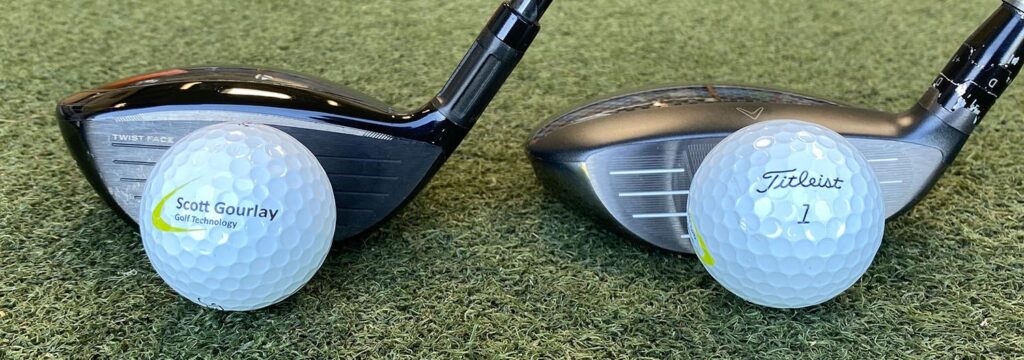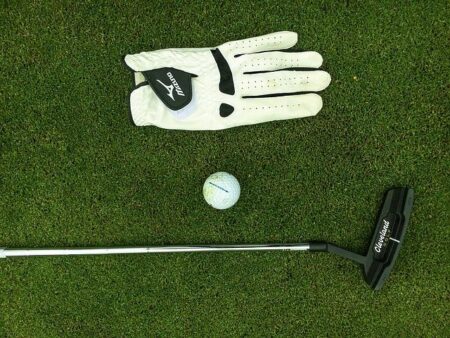Golf enthusiasts often face the challenge of controlling ball trajectory to optimize distance and accuracy, particularly when dealing with pins tucked behind hazards or tricky fairway conditions. One advanced technique gaining attention is the ability to “hit a stinger” with a 3-wood-a low, piercing shot that cuts through wind and rolls farther upon landing. This article explores how players can master this effective shot, offering insights from golf pros and analyzing its strategic advantages on the course.
Mastering the Technique for Accurate Contact on a Stinger Shot
To consistently strike a crisp, low-flying stinger with your 3-wood, focus on perfecting the precise moment of contact between ball and clubface. One key factor is maintaining a slightly descending blow through the ball, ensuring the clubhead compresses the ball solidly without causing excessive loft. Position the ball just back of center in your stance and keep your hands ahead at impact to promote a clean, piercing shot that resists ballooning in windy conditions. Precision in this contact demands not only technique but also a keen awareness of your swing’s tempo and rhythm.
Several elements contribute to that perfect touch, including body alignment and clubface control. Remember to:
- Keep your head steady to avoid unnecessary upper body movement that can disrupt contact
- Engage your core to drive power through impact without compromising accuracy
- Trim your follow-through to keep the ball flight low and penetrating
- Practice with varied ball positions to fine-tune how your 3-wood interacts at impact
| Contact Factor | Effect on Shot |
|---|---|
| Ball Position (Back of Center) | Promotes descending strike |
| Hands Ahead at Impact | Increases compression and control |
| Steady Head | Enhances consistency |
| Core Engagement | Delivers power without sacrificing precision |
Optimizing Your 3-Wood Setup for Maximum Distance and Control
Dialing in your 3-wood for both distance and precision requires a balance of technical adjustments and mindful practice. Start by tweaking your loft settings; lowering the loft by 1-2 degrees can help produce a lower, penetrating ball flight ideal for a stinger shot. Pair this setup with a slightly forward ball position in your stance to promote a sweeping strike, reducing backspin and boosting rollout. Don’t overlook your shaft choice-a stiff flex shaft with a low torque rating can provide the stability and control needed to maintain accuracy on lower trajectory shots.
Equally important is mastering your swing tempo and angle of attack. A smooth, controlled takeaway with a shallower attack angle helps you crisp contact on the lower part of the ball, generating that trademark stinger trajectory. The chart below summarizes the key setup elements to focus on when optimizing your 3-wood for maximum distance and control:
| Adjustment | Purpose | Effect |
|---|---|---|
| Loft Reduction (1-2¬į) | Lower Ball Flight | Increased Rollout |
| Forward Ball Position | Promote Sweeping Strike | Reduced Backspin |
| Stiff Flex Shaft | Enhanced Stability | Better Control |
| Shallow Attack Angle | Smoother Contact | Lower Trajectory |
In Summary
Mastering the art of hitting a stinger with your 3-wood can be a game-changer on the course, offering greater control and lower ball flight in challenging conditions. By understanding the key techniques-such as adjusting your ball position, refining your swing path, and maintaining a steady tempo-golfers of all skill levels can add this valuable shot to their arsenal. As players continue to seek ways to improve consistency and precision, the stinger remains a reliable option for navigating windy fairways and tight landing zones. Whether you’re aiming to shave strokes off your score or simply expand your shot-making repertoire, practicing the stinger with your 3-wood is well worth the effort.







